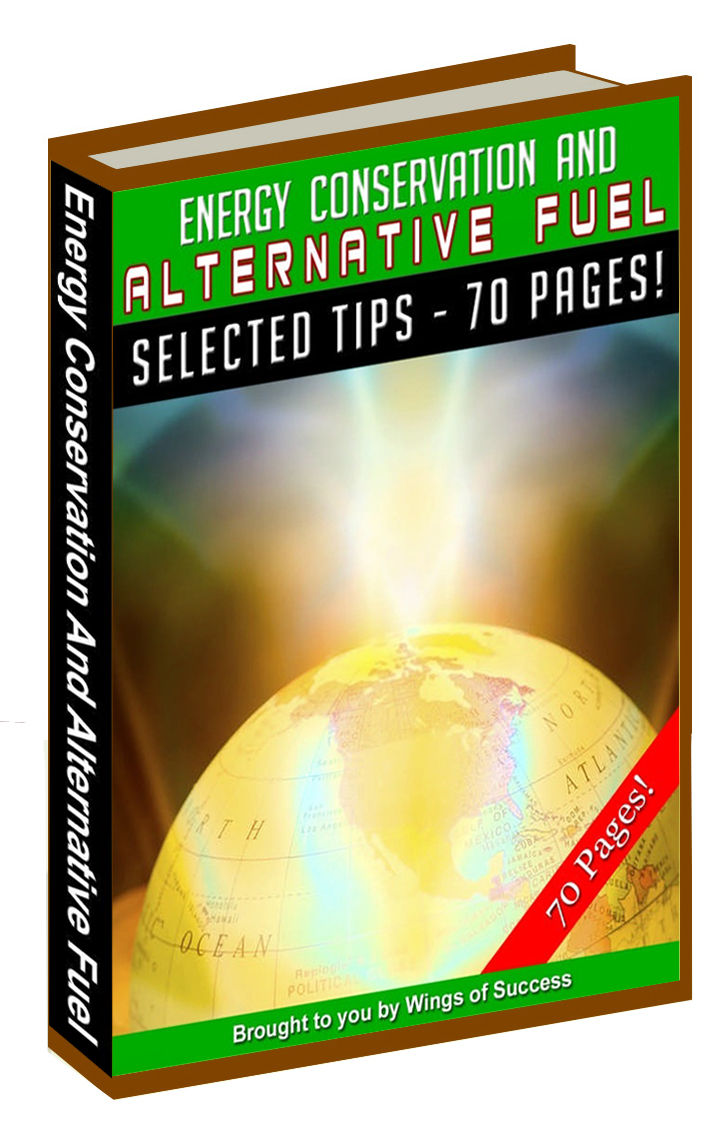The best method of educating young people about alternative energy production that this writer has ever witnessed is the use of the PicoTurbine Company's kits, books, and projects. The PicoTurbine Company produces these things for the purpose of advancing the cause of renewable (alternative) energy and getting young people to look into the future and see that the environment that's being seeded now is the one they will inherit then. As the late, great Gerry Ford said, “Things are more like they are now than they have ever been before.” If we are to change the future world for the better, then it starts right here and now with the advent of “green” energy systems.
One of the core concepts of PicoTurbine can be stated: Tell me, and I will forget. Show me, and I might remember some of it. Involve me, and I will master it. Based on this old tried and true adage, the kits that the company produces come with activity suggestions to get the young people into hands-on learning situations. One suggestion of the company is to demonstrate how heat can be produced by wind energy (the company's specialty) through using a “picture wire” for the heating element. PicoTurbine has found that people typically think of wind energy as being “cold” energy, and are pleasantly surprised to see how wind can be used for generating heat in the home. Another project suggestion that the company offers is to have different groups split off in the classroom and then compare their respective wind turbines that they have built. They can see which ones produce the most or least electricity; which ones start up with need of the least amount of wind power; and for very young children, which ones have the most aesthetic appeal.
There is a core curriculum that PicoTurbine has in mind for teachers to instill in their pupils. Renewable, alternative sources of energy include solar, hydroelectric, geothermal, and biomass in addition to wind-produced energy. When we use more alternative sources of energy, we decrease our nation's dependence on foreign oil supplies, which often come from nations who cannot really be called our “allies”. Alternative energy is already becoming cost effective when set against the fossil fuels that we are so reliant on currently.
PicoTurbine points out that wind farms and solar arrays are already letting their makers enjoy commercial success. In the last two decades, the cost of photovoltaic cells expressed in terms of per-watt has gone from nearly $1000 to just $4! It has been predicted by analysts that by the year 2015, the cost per watt should only be about $1 (in today's dollars). Students also need to be taught about the hidden cost of fossil fuels: pollution and environmental degradation. Air pollution from burning fossil fuels has been shown through studies to increase incidences of asthma attacks, heighten the effects of allergies, and even cause cancer. Switching over to clean, green energy found in the alternative forms would prevent air pollution and help bolster the environment.
An Alternative Energy Education Method
4/
5
Oleh
suhas sajgure


